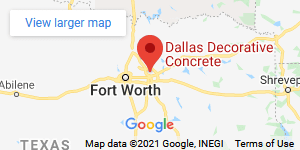Don’t you love the feeling that you can do things like an expert? Take the floors as an example. At home, you can adjust quickly to fix any cracks, covering old concrete patio or lingering damage on the surface to provide a safe space for your loved ones.
You can do any hardcore job in concrete repair Dallas when you got the skills and the necessary tools.
Listed below are the essential tools you’ll need for a DIY concrete repair.
You can see concrete everywhere. That is why you must be ready anytime, anywhere when damages on the surface exist. A flooring Dallas concrete repair will be a piece of cake for you when you get the basic tools for both indoors and outdoors. There are four:
- Trowel
- Concrete groovers
- concrete bull floats
- Masonry line holders
Get to know each of these better and discuss how useful each of these tools is.
Tools for Concrete Repair
1- Trowel
Of course, number one on this list and the one thing that you will not want to get left behind. The ever-reliable trowel.
You can say that trowel’s the concretes’ best friend. The trowel is a super handy tool responsible for making every concrete job a seamless work of art.
The trowel allows one to control the thickness and stroke the concrete mix into a clear direction.
This tool got a handle attached to the hard flat metal. It looks like a shovel. However, it does not have a concave spoon like a blade.
Keep this tool in handy. This is the tool you will need in every stage of a concrete building, from pouring, mixing to defining.
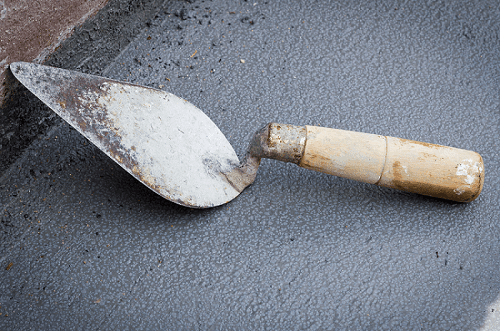
2- Concrete Edgers or Groovers
The following tool helps to locate cracks and helps to make the surface ideal for high-speed traffic. It’s also called concrete edgers or concrete jointers. Groovers are used to provide concrete joints, all the reason why it’s named jointer, as well.
With this tool in hand, it will not be an excuse for you not to build an essential part of concrete flooring, especially for the outdoors. Here, you realize that concrete floor slabs require a tiny narrow gap created around the slabs’ edges.
Jointers create these gaps to let the slabs expand and contract under the changing temperature. This is important since giving space for expansion prevents the slabs from forming cracks.
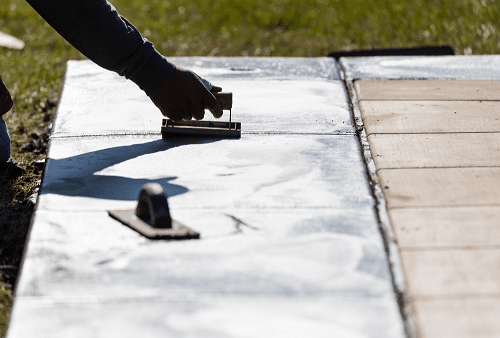
3- Concrete Floats
Concrete becomes a beautifully crafted feature at any property for its seamless look. All thanks to the tool called “concrete bull float.”
So now you know what to get when you want to achieve that seamless, smooth, even surface that concrete floorings boast about. Have this ready in your concrete repair kits.
Use this right after pouring the wet mix. This may have a long handle or a short one. The one that works well is the bull float with a stainless steel plate. That will keep the item free from use so that the mix will come out smooth and polished every time.
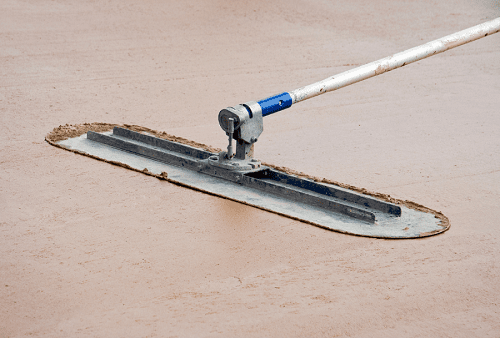
4- Line Support
Next is the masonry liners or line supports. This item is much simpler which is composed of a rope or string. As its name suggests, masonry lines support the installer’s optical measurements to know the area where the concrete mix needs to be poured next.
This is an essential tool. Having line support allows the installer to pour the mix precisely in a given area. Also, the line supports where all the reinforcement would rely on. The sakes and clear board that will hold the concrete, later on, will be set up within the area which the line supports.
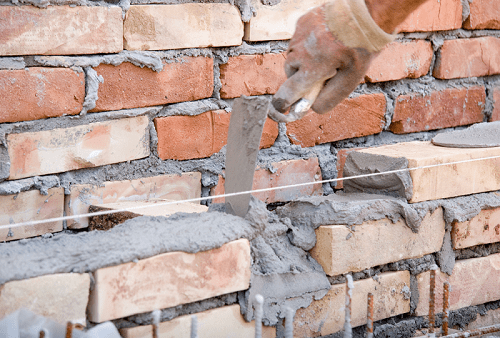
Final Notes
So, there you have it, four essential tools for concrete installation and repair. It’s all you’ll ever need to get on the go anytime a concrete work calls you. Prevent accidents as quickly as possible when you get all the necessary tools you need for DIY and a professional installation and repair.

